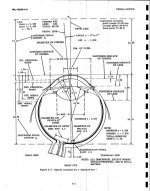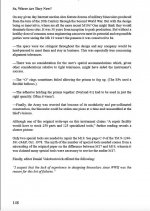A2GG
Beth

Did a little research online last night out of curiosity about my newly acquired FL 8x32 and also out of some boredom.
Why does the Zeiss FL appear to reduce CA better than the Ultravid and EL when these models also contain FL glass in the objective lens?
Does the FL have higher quality FL lens (more Fluorite in it) or is it the 3 piece APO objective lens that helps further reduce CA?
Is ED glass only used in 2 piece (achromatic) objective lenses ? Zeiss FL has only FL glass and no ED glass I believe.
Can you have both?
It seems ED and FL glass serve the same purpose to reduce CA, but is FL considered a bit better , higher quality?
I always thought HT glass was in the objectives, but apparently it's prism glass. When I read up on the Zeiss HT when it was first introduced it just mentioned using Bak4 glass, so I didn't make the connection. It's actually different grade called Bak-4HT glass which produces higher transmission in blue-violet color spectrum. Do I have that right?
Just needing some clarification here.
Why does the Zeiss FL appear to reduce CA better than the Ultravid and EL when these models also contain FL glass in the objective lens?
Does the FL have higher quality FL lens (more Fluorite in it) or is it the 3 piece APO objective lens that helps further reduce CA?
Is ED glass only used in 2 piece (achromatic) objective lenses ? Zeiss FL has only FL glass and no ED glass I believe.
Can you have both?
It seems ED and FL glass serve the same purpose to reduce CA, but is FL considered a bit better , higher quality?
I always thought HT glass was in the objectives, but apparently it's prism glass. When I read up on the Zeiss HT when it was first introduced it just mentioned using Bak4 glass, so I didn't make the connection. It's actually different grade called Bak-4HT glass which produces higher transmission in blue-violet color spectrum. Do I have that right?
Just needing some clarification here.
Last edited:







